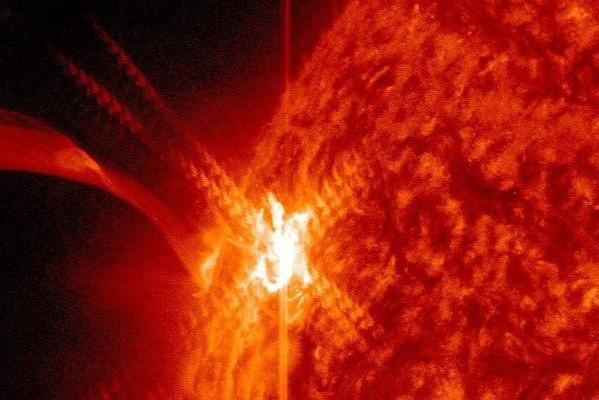
September 4, 2025
A significant M1.0-class solar flare erupted on the Sun today at 16:44 Moscow time, as announced by the Laboratory of Solar Astronomy at the Institute of Space Research (IKI) of the Russian Academy of Sciences. This event follows a particularly strong M4.6-class flare recorded on August 25th, which was the most intense solar event observed since late June.
Scientists attribute this recent surge in solar activity to the appearance of several large, active regions on the visible surface of the Sun. These regions are responsible for generating powerful plasma ejections. Despite the intensity of this latest flare, preliminary assessments from the laboratory indicate that it is not expected to pose any immediate risks to Earth.
Solar flares are known precursors to geomagnetic storms, which can lead to a range of impacts on our planet. These include potential disruptions to power grids, interference with the migratory patterns of birds and animals, and disturbances to shortwave communication and navigation systems. Furthermore, intense geomagnetic activity can cause voltage fluctuations in industrial networks. On a more visually striking note, heightened solar activity can also expand the geographical areas where the stunning aurora borealis and australis are visible.
While the potential effects on technology and wildlife are well-documented, the direct impact of magnetic storms on human health remains a subject of ongoing scientific research, with no definitive conclusions reached at this time.











